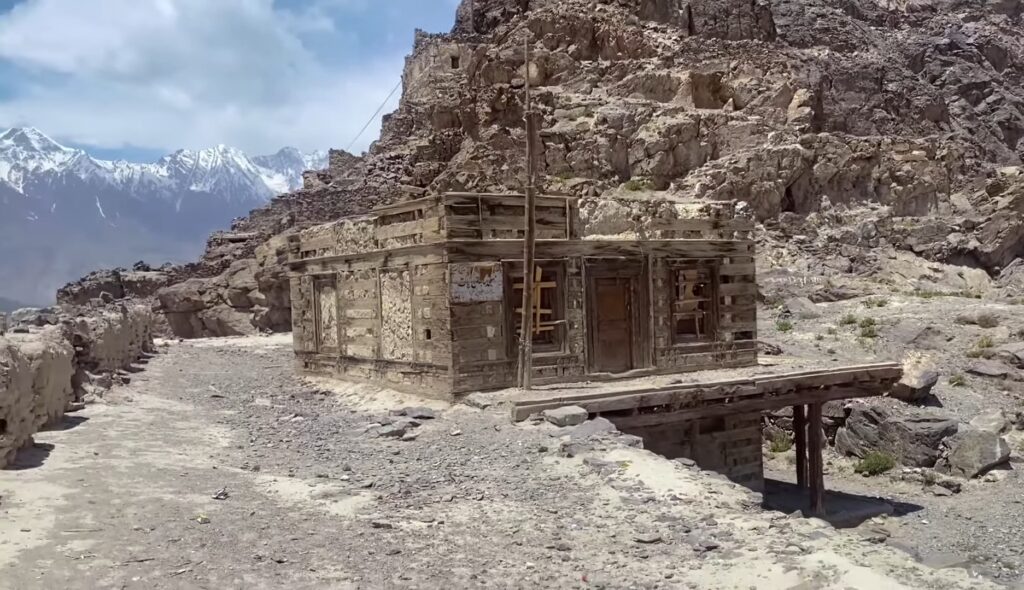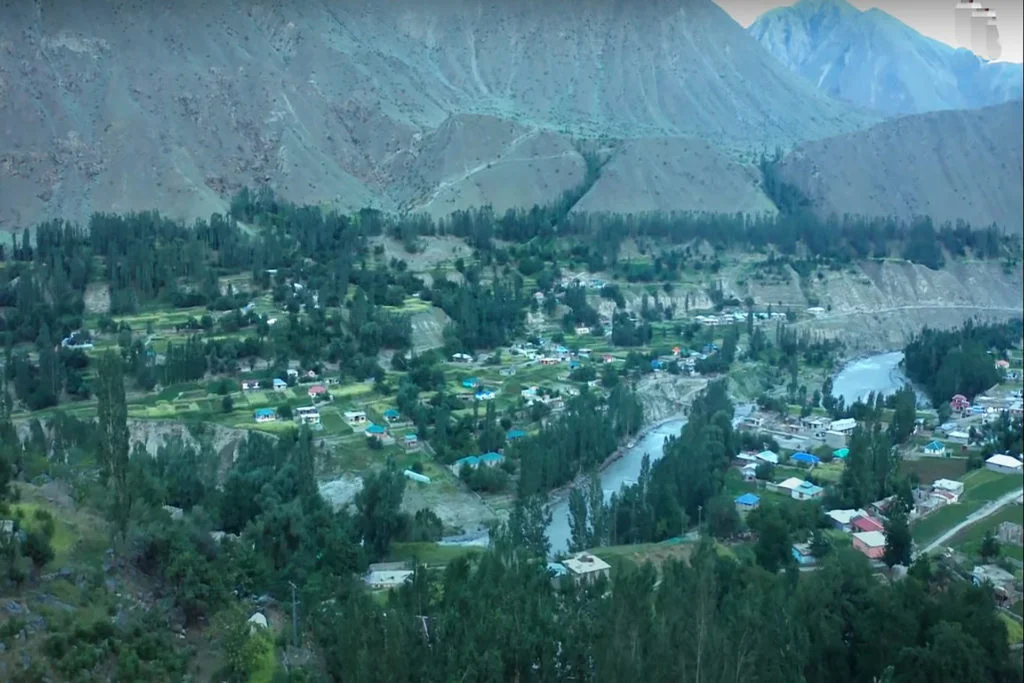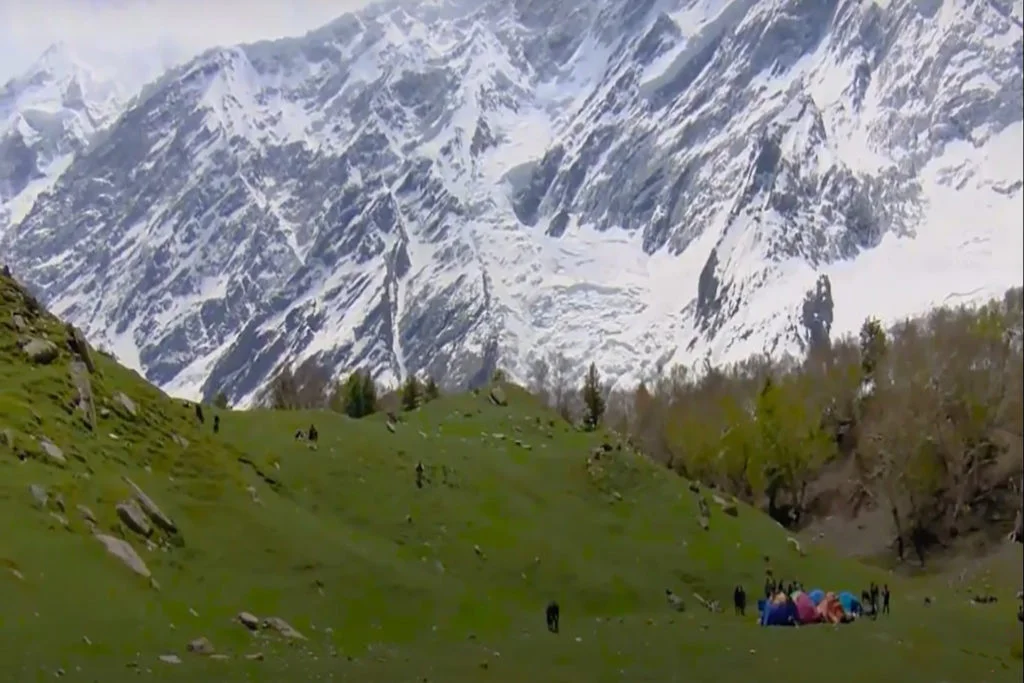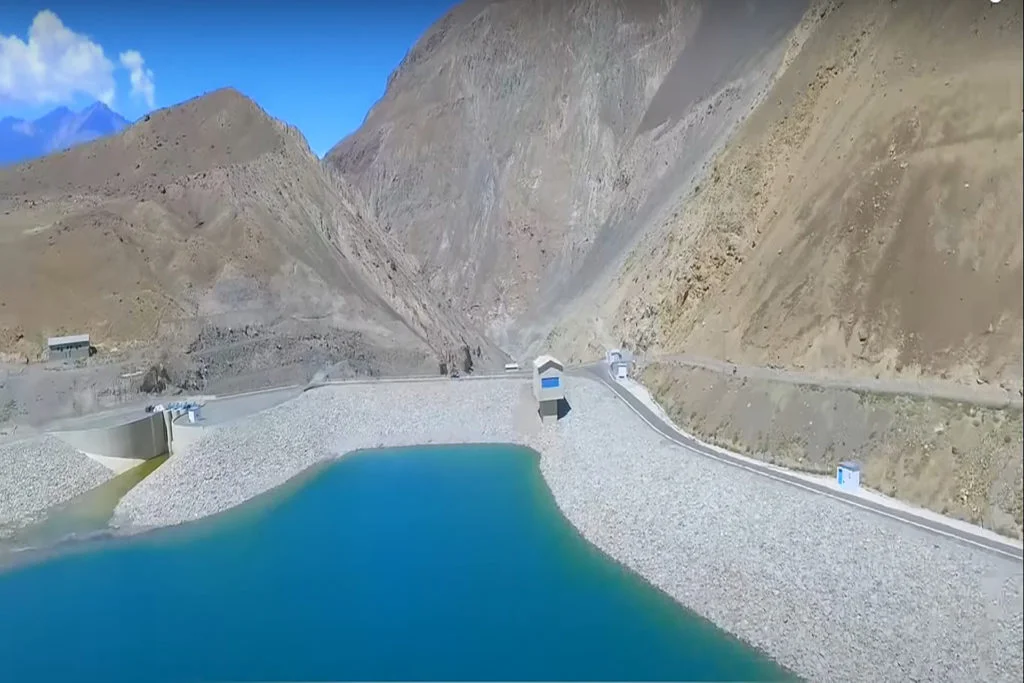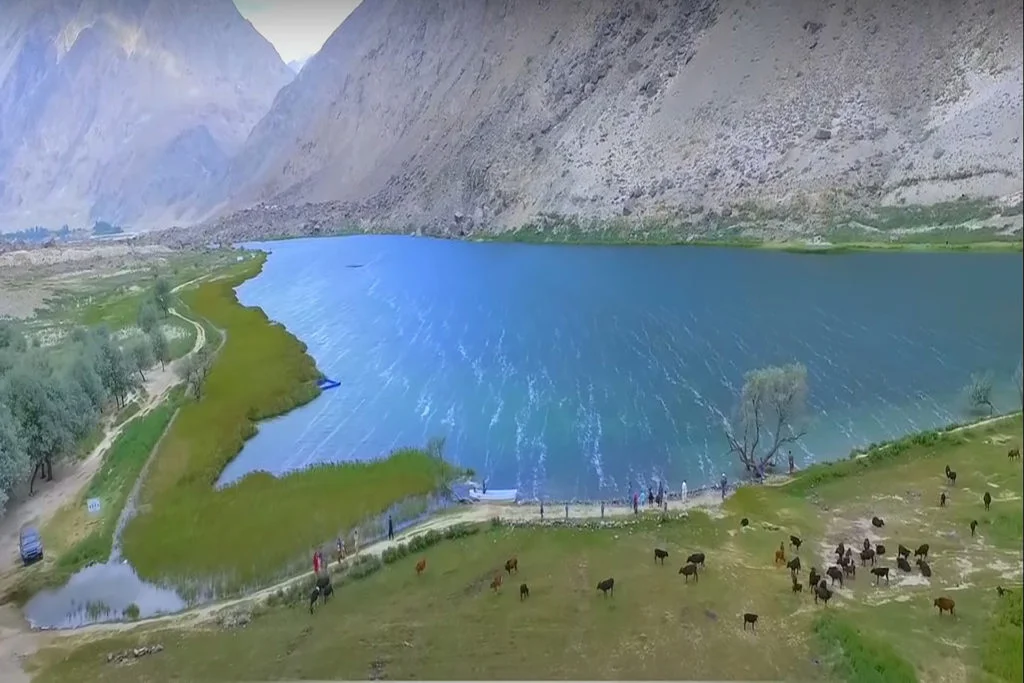Kharpocho Fort meaning King of Forts is a fort in the city of Skardu in the Gilgit-Baltistan region of Pakistan. The fort was built by King Ali Sher Khan Anchan in the late sixteenth century. General Zorawar Singh of the Dogra Rajput clan working under Maharaja Gulab Singh realized the importance of the fort’s location in the city and thus occupied the fort.
Location of Kharpocho Fort
Kharpocho Fort is a historic fort located in Skardu, a town in the Gilgit-Baltistan region of Pakistan. The fort is situated on a hilltop overlooking the town and provides panoramic views of the surrounding mountains and valleys.
Kharpocho Fort History
The fort was built in the 16th century by the rulers of the Skardu region and was used as a military stronghold to protect the town from invading armies. The fort is also known as the “King of Forts” due to its imposing size and strategic location.
The fort has undergone several renovations over the years and is now a popular tourist attraction in Skardu. Visitors can explore the various rooms and chambers of the fort, which are adorned with intricate carvings and decorations.
Main Attractions of Kharpocho Fort Skardu
One of the main attractions of Kharpocho Fort Skardu is the large wooden balcony, which provides stunning views of the surrounding area. Visitors can also explore the underground tunnels and passageways, which were used by soldiers to move around the fort undetected.
The fort is also home to a small museum, which houses a collection of artifacts and exhibits related to the history of Skardu and the fort itself. The museum offers an in-depth look at the rich cultural heritage of the region and is a must-visit for anyone interested in the history of the area.
Built-in the sixteenth century by King Ali Sher Khan, the Kharpocho fortress of Skardu saw its last battle in 1948 when it was captured after a long siege.
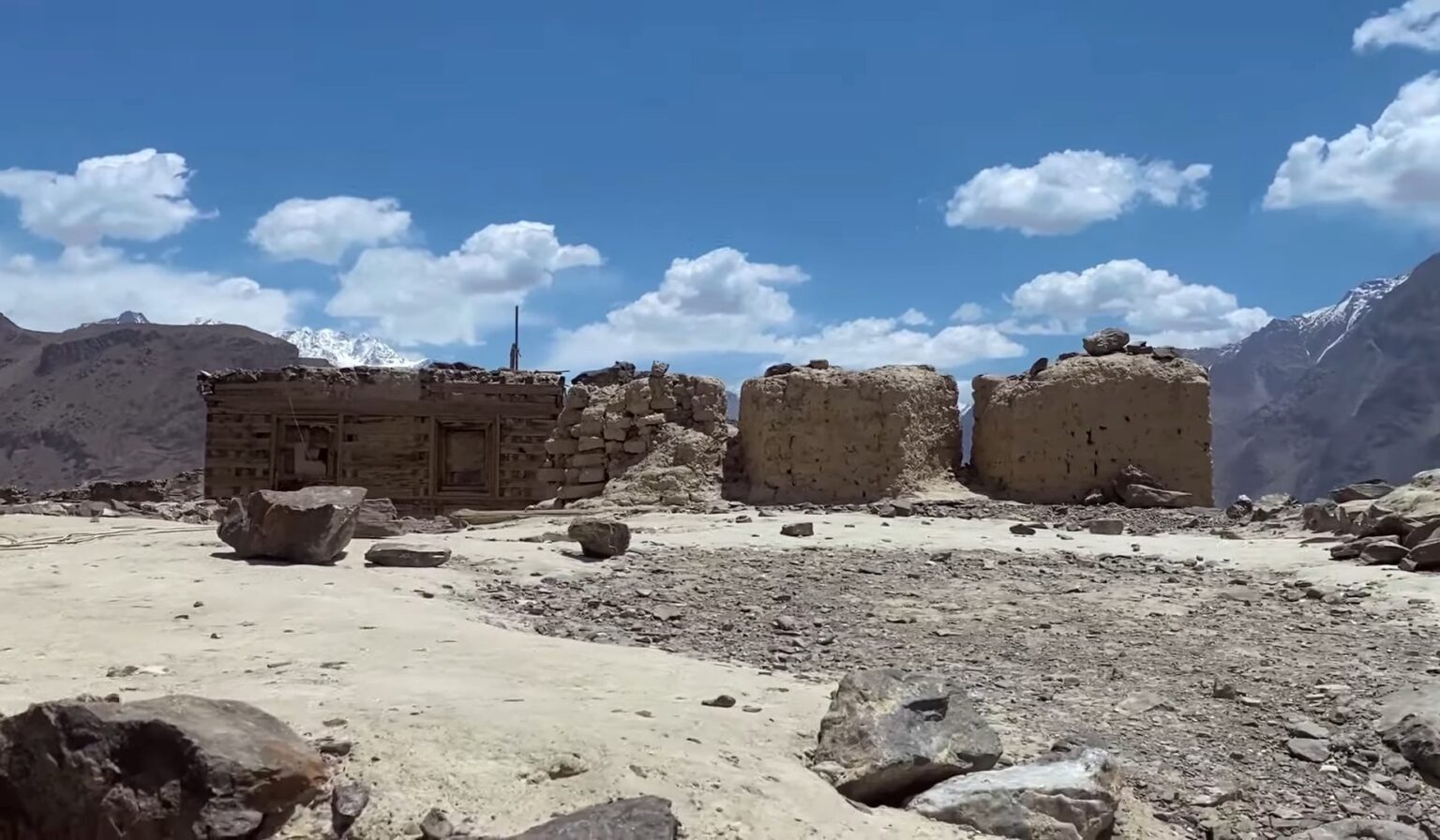
Skardu Fort Architecture
Kharpocho Fort Skardu is an ancient architecture of Skardu. Most importantly, the entire city of Skardu can be seen from the top of Kharpocho. Kharpocho Fort also known as Skardu Fort is located in the city of Skardu, Gilgit Baltistan.
The fortress stands at a height of about 40 m above the town on a mountain. The fort is located on the banks of the Indus River. Near this fort is the junction of the Shigar River with the Indus River. This place has its own reputation, it shows how the king and queen lived with their families.
The fort was used as a military front in many wars. During the war against the Dogras, the rulers of the region during the partition of the subcontinent, the local forces became aware of the war and the location of the fort in the city. So they occupied the fort first to keep an eye on the entry and exit point of the city of Skardu as well.
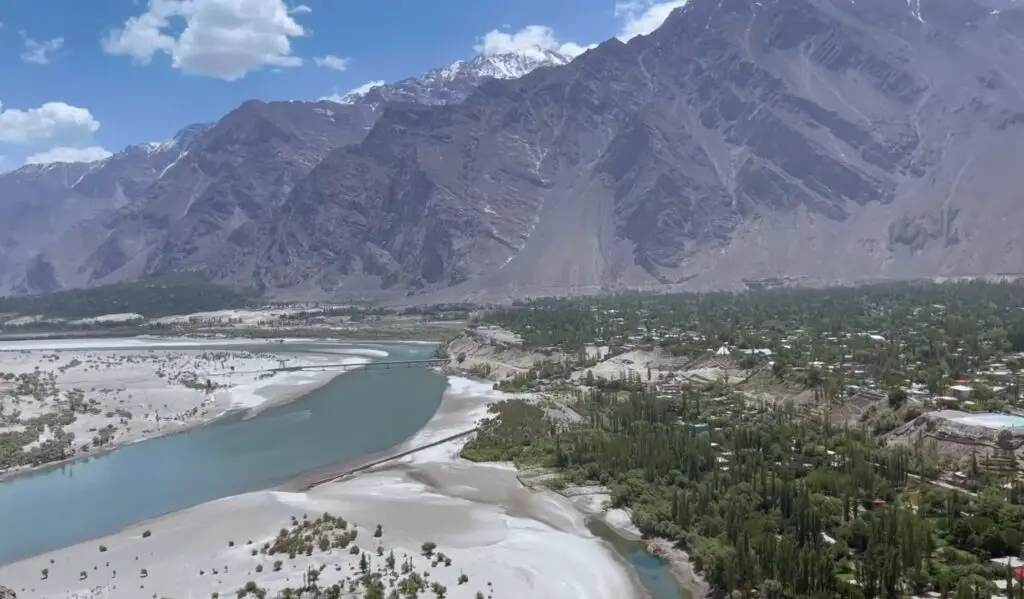
To reach the top of the fort, you have to trek for about an hour from Qatilgah Main Bazar Skardu. The ancient structure has many rooms and a spacious area covered by a wall. Many rooms were burnt during the Gilgit-Baltistan War of Independence due to artillery fire. Large stones were used to build the walls.
The use of wooden craftsmanship and artistic skills in the construction of the castle is especially amazing. A water channel was built to a point near the fort from the Sadapara lake. After the Dogra rulers occupied the region, Persian was declared the official language of Baltistan. There is some text written in Persian and it is fixed on one of the walls inside the fort.
Fort is mostly destroyed and not maintained properly unlike other forts in the region.
In addition to its historical and cultural significance, Kharpocho Fort also offers breathtaking views of the surrounding mountains and valleys. Visitors can take in the stunning natural beauty of the area and enjoy hiking and trekking in the nearby hills and mountains.
Overall, Kharpocho Fort is a must-visit destination for anyone traveling to Skardu. The fort offers a unique glimpse into the rich cultural history of the region and provides visitors with an unforgettable experience amidst the breathtaking natural beauty of the Karakoram Range.

